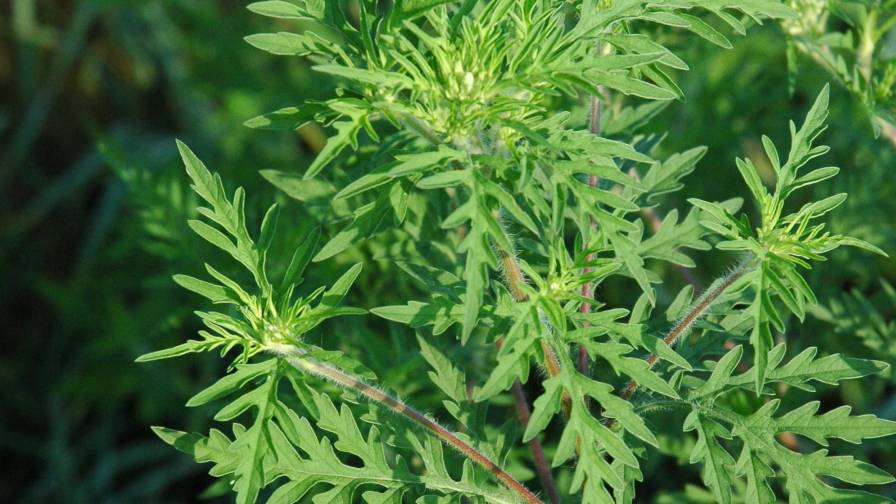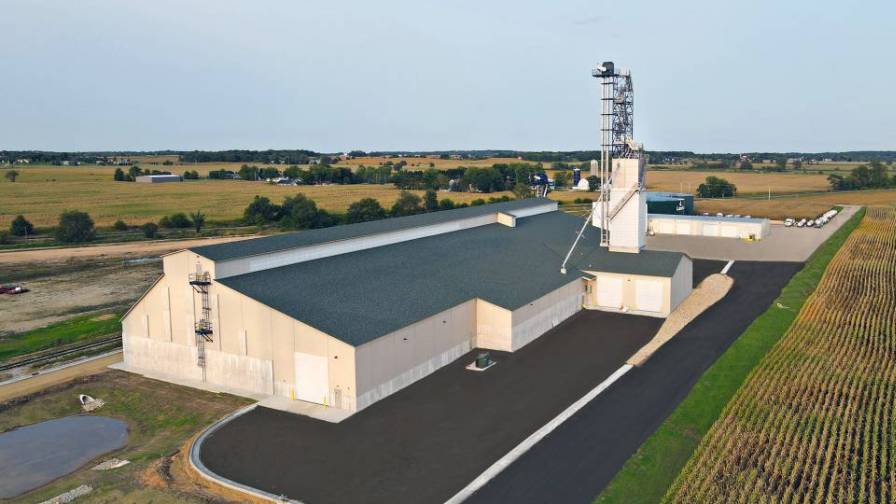Is the ‘New Normal’ in Agriculture a Myth?
According to Dr. Michael Swanson, Chief Agricultural Economist for Wells Fargo Bank NA, he is often asked by individuals if what is happening today in the world represents “the new normal.” However, he thinks this overlooks an obvious fact.
“There is no normal,” said Swanson, speaking at the 2021 annual Mid America CropLife Association meeting. “There’s only what we have temporarily.”
In essence, this debate over “the new normal” usually boils down to one factor – change. And this is what the agricultural market, and the entire world, has been dealing with the past few years as the effects of the COVID-19 pandemic have been felt across the globe. “What people are really worried about right now is change,” said Swanson. “What changes are permanent and setting up for the long term, such as technology adoption, and what’s transitory, such as the weather or money exchange rates.”
During his talk, Swanson pointed out that the entire concept of change can encompass three different variables – trends, cycles, and what he called random noise. “If you want to know what any market is going to do, you look for the first two of these and disregard the last one,” he said.
Looking more specifically at the agricultural marketplace, Swanson said that all signs point to 2021 being a “very good year” for everyone involved in the business. “For farmers, we are seeing record crop receipts coming out of the field,” he said. “Corn and soybean yields this year are going to support very good revenues at the farm level. This year, we will have 15 billion-plus bushels of corn to sell, so farmers are getting good returns.”
Furthermore, this should translate into good revenues for many agricultural companies. “The good news for crop input suppliers is we are seeing good food sales at home and away from home,” said Swanson. “And this money tends to flow throughout the entire agriculture system as a result.”
Given this performance by the agricultural market in 2021, Swanson said most farmers are feeling good about the prospects for 2022 as well. “Is the farmer feeling confident about the future?” he asked. “The answer is yes.”
However, he added, many farmers tend to live “by looking in their rearview mirror before looking forward.” For many, since 2021 was a good revenue year, they have already booked many of their major expenses for the 2022 growing season, such as cash rents, seeds, fertilizer, and crop protection products.” But others have not followed this same practice, and Swanson foresees potential “yellow flags ahead – in some cases, red flags.”
For one thing, he warned crop input prices for such things as seeds, automation, and crop protection products are expected to raise substantial in 2022. Then there’s fertilizer.
“Over the past 10 years, the prices for nitrogen, phosphorus, and potassium were equal to approximately 19% of corn yields,” said Swanson. “But looking at spot prices, it looks like these inputs will be equal to 24% to 25% of corn yields for 2022 – which are the kinds of percentages we saw back in 2013.”
In addition, Swanson said that USDA forecast models for the Western U.S. predict the severe drought conditions that occurred in this region throughout 2020 and 2021 “will remain a concern.”
Still, with farmers in other parts of the country enjoying strong yields and pocketing good revenues, Swanson predicts crop input suppliers should see a “good sales year” during the 2022 growing season as a result. However, years beyond 2022 could present a few challenges to this continued growth mode.
“The average price of corn through June 2021 was $6.12 per bushel,” said Swanson. “But I do not think that corn prices will stay above $5 per bushel for a very long period as yields keep increasing. This means for farmers, there is likely to be more concern when they are planning for the 2023 and 2024 growing seasons. There will be a lot more stress in the agricultural community towards the end of 2022 as overall costs catch up the current farm revenue piece.”






